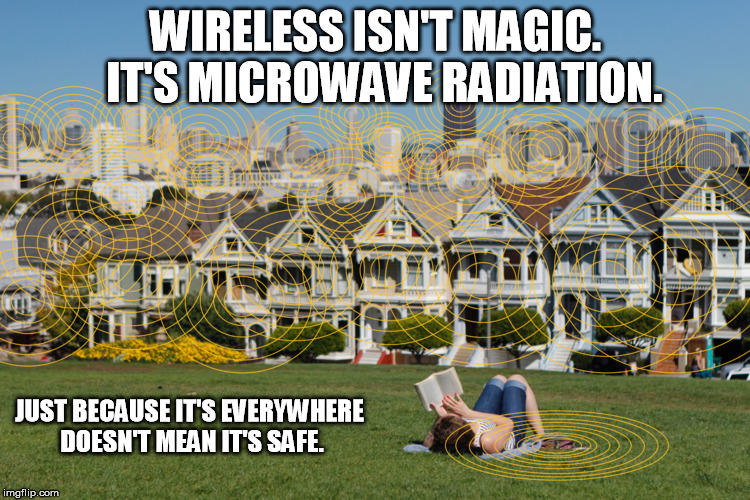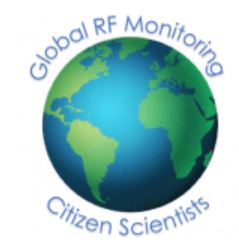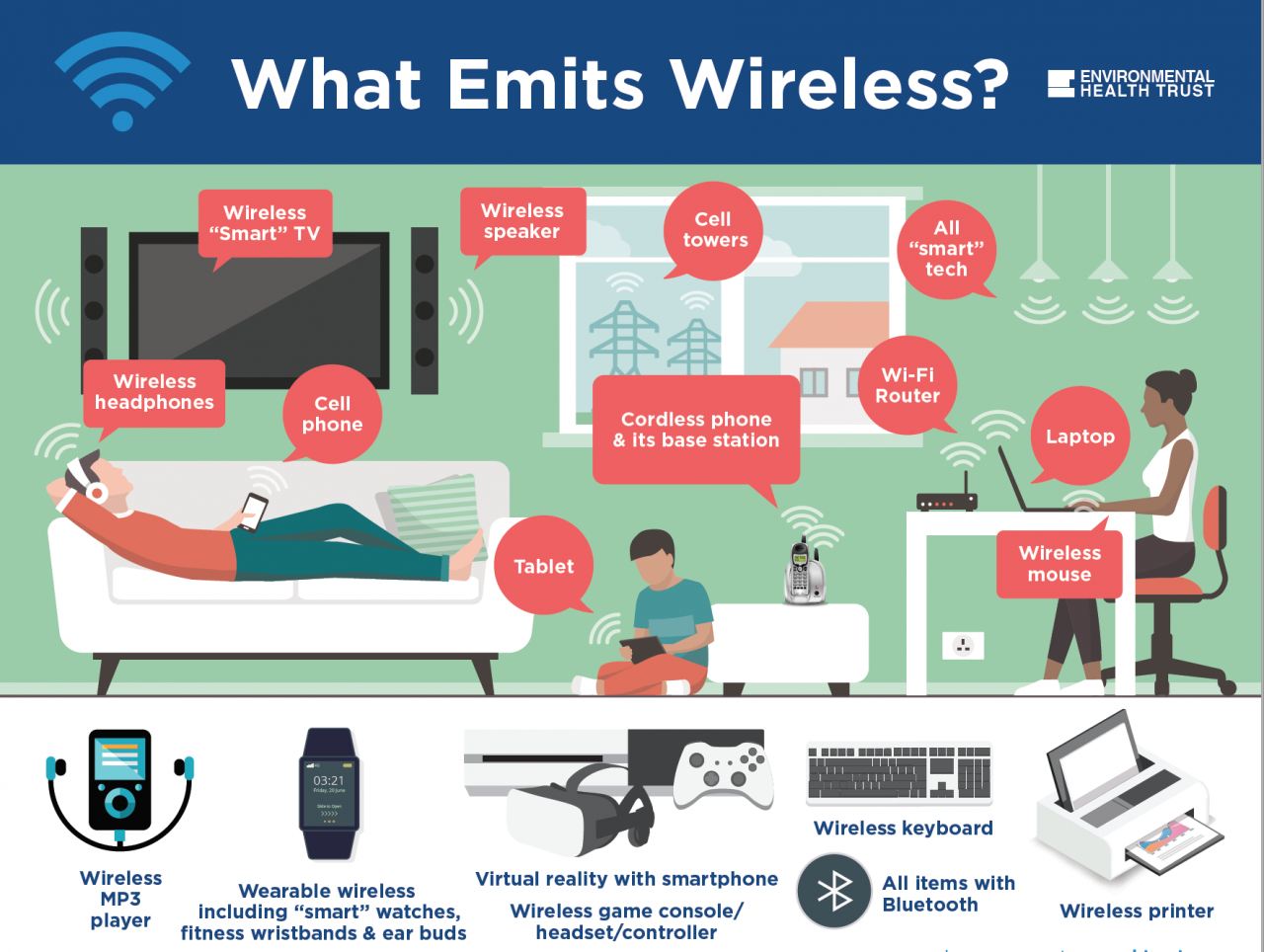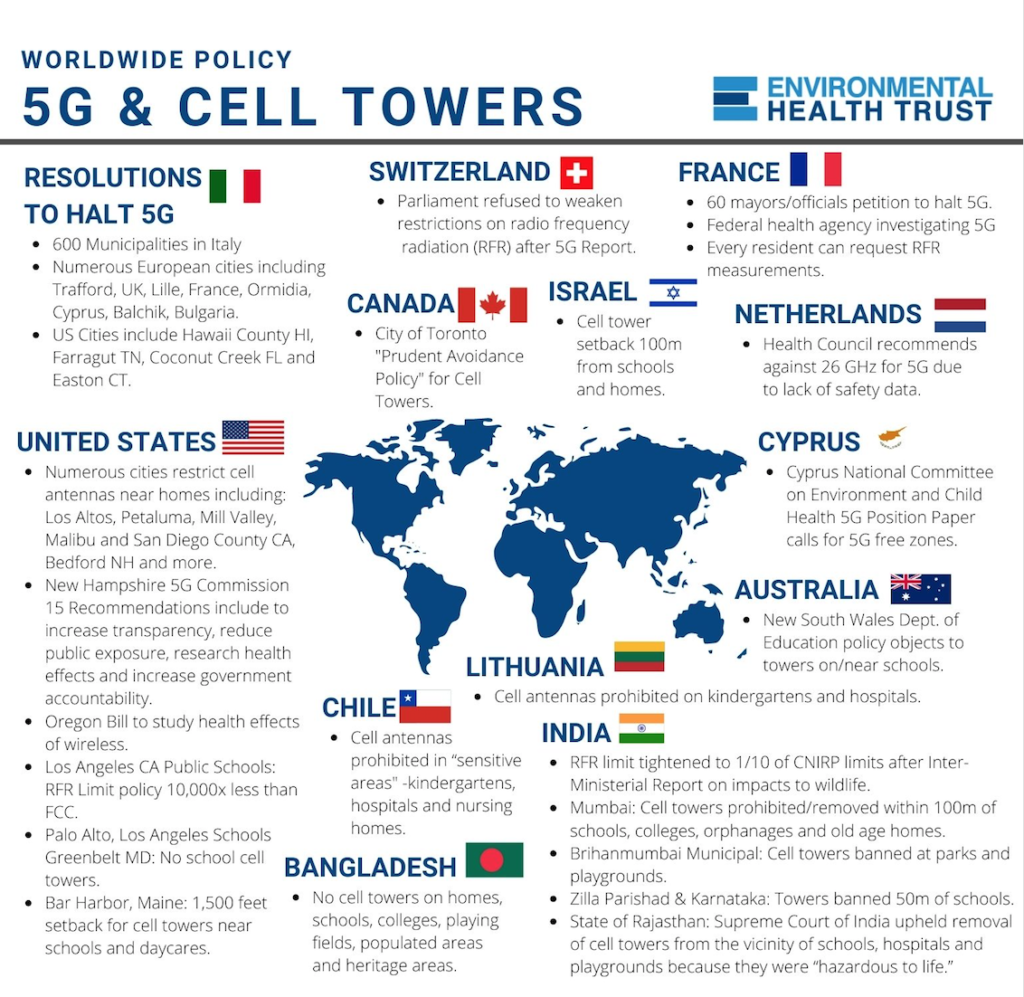 By B.N. Frank
By B.N. Frank
Government, independent and industry funded research has determined that exposure to Radio Frequency (RF) Radiation from cell phones and other sources of wireless can increase cancer risk (see 1, 2, 3, 4, 5, 6, 7, 8) and other health issues. Common sources of wireless radiation include activity trackers and other wearables, cell phones, cell towers, personal and “Smart” appliances and devices (see 1, 2, 3, 4), utility “Smart” meters (electric, gas, and water), WiFi routers and more!
Dr. Magda Havas has studied and reported about the effects of RF radiation and other sources of Electromagnetic Fields (EMF) for decades. She recently invited volunteers to help her collect data on increasing worldwide RF levels.
From Dr. Magda Havas:
I have an idea but it will take the help of hundreds of people around the world participating to make this successful. Here is what I suggest we do collectively.
We now have a large population that is aware of the health effects of RFR. We also have accurate and relatively inexpensive meters that measure RFR. One of those meters is called the Safe and Sound Pro II RF Meter available at Safe Living Technologies. This meter provides average, peak and maximum values and is easy to use. Cost is about $500 Canadian. For people volunteering to help with this research, Safe Living Tehcnologies is providing a discount. You may contact me for the discount code should you wish to participate in this project.
It is time for Community-Based Research and Citizen Scientists to get involved and to volunteer to do monitoring in their area and to share this information with others. The first project I would like to propose is, “Can you BRAG about your city?”
NOTE: The concept of citizen scientist is not new and citizens have been helping professional scientists for a long time. Some of the principles of citizen science are provided here.
This project entails measuring RF along the main street in the city centre at intersections (so the measurements can be repeated in the same locations). We will provide volunteers with the protocol for how the monitoring should be done and how the data need to be recorded. The aim here is to make the monitoring as easy as possible in the shortest possible time. Total participation time for this project is about 2 hours and that includes measurments and data submission.
How valid is something like this?
There are many examples where citizens helped scientists with their research. I would like to share just 2 examples here.
Long-Distance Transport of Air Pollutants: Prior to my research with electrosmog I was involved in acid rain research. In the early 1970s scientists were debating the long-distance transport of air pollutants. How far do different air pollutants travel? Sweden and Norway were complaining that most of their acid rain orginated in the UK, which UK scientists denied. Coincidentally, a teacher at a school in the UK did a project. He had his students release helium-filled balloons with a message inside. The message asked the person who found the balloon (after it had deflated) to call the phone number (before internet) and indicate where they found the balloon. This allowed the students to determine where and how far these balloons traveled. Some of the balloons were picked up in Sweden and the scientific debate about air pollutants travelling from UK to Sweden was resolved in a most unorthodox fashion.
Nutrient Loading of Lakes in Ontario: Ontario has a lot of pristine lakes and many of these lakes have cottages within their watershed. The Ministry of the Environment is responsible for monitoring these lakes and testing for eutrophication or nutrient enrichment, which often results in algal blooms and reduced transparency of the water column. Ministry scientists enlisted the help of cottagers and asked them to determine the transparency of their lake using a secchi disc (a black and white plate that is lowered into the water column until it disappears and that distance from top of the water to the disappearance of the secchi disc is a measure of transparency). At the end of each season the Ministry would report the findings to the cottagers. What was expected is that over time more nutrients would be added to the lake resulting in algal blooms and a decrease in transparency. What they found instead is that the lakes were getting clearer and transparency was increasing. It turns out that these lakes were acidifying, which leads to reduced lake productivity and clearer water. Ministry scientists would not have been able to get this information without the help of cottagers.
There is real value to this type of research.
Sharing the information is critical and we can produce maps (colour-coded for RF exposures). That is where BRAG comes in. “BRAG” stands for different colours: Black, Red, Amber and Green and is based on the school BRAG study I did with my university students. Using these four colours it is easy to see where there are hot spots and where levels are low. If your downtown city core is green (low RFR) then you can BRAG about your city! By measuring at city intersections, the same locations can be remeasured over time for temporal trends and these can be diurnal (over a 24 hour period) trends, seasonal trends or changes as additonal wireless radiation is introduced. There is also an educational value and a raising awareness value to this type of project.
So … if you would like to volunteer to measure the RFR in one or more cities near you, please send me an email with “Global RF Monitoring Project” in the subject heading. We would like to start monitoring by April 2021 and are asking people to respond as volunteers by March 5th, 2021 if possible. However, if you read this post after March 5th and would like to participate, please contact me because I believe we will be doing different projects for quite some time.
All I need to know is the following:
- Do you have (or can you borrow) the Safe and Sound Pro II RF meter?
- City that you are willing to measure. Please provide country (province/state) as well.
- Amount of time you are willing to spend volunteering? 2 hours, more than 2 hours as your time permits on projects of your choice.
Please contact me at drmagdahavas@gmail.com if you would like to participate in this or subsequent community-based projects.
I look forward to hearing from you.
Posted: March 4, 2021
Activist Post reports regularly about unsafe technology. For more information visit our archives and the following websites.
- Electromagnetic Radiation Safety
- Environmental Health Trust
- Physicians for Safe Technology
- Wireless Information Network
Become a Patron!
Or support us at SubscribeStar
Donate cryptocurrency HERE
Subscribe to Activist Post for truth, peace, and freedom news. Follow us on Telegram, SoMee, HIVE, Flote, Minds, MeWe, Twitter, Gab and Ruqqus.
Provide, Protect and Profit from what’s coming! Get a free issue of Counter Markets today.



Be the first to comment on "World-Renowned Scientist Invites Volunteers to Collect Data for Global RF Monitoring Network"